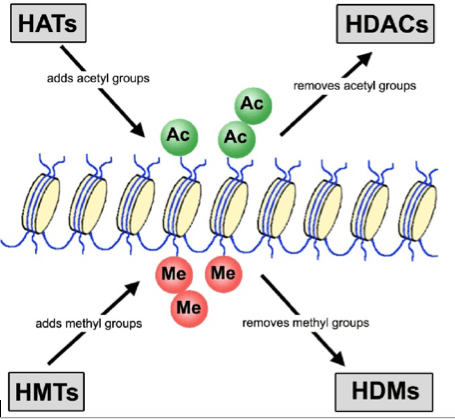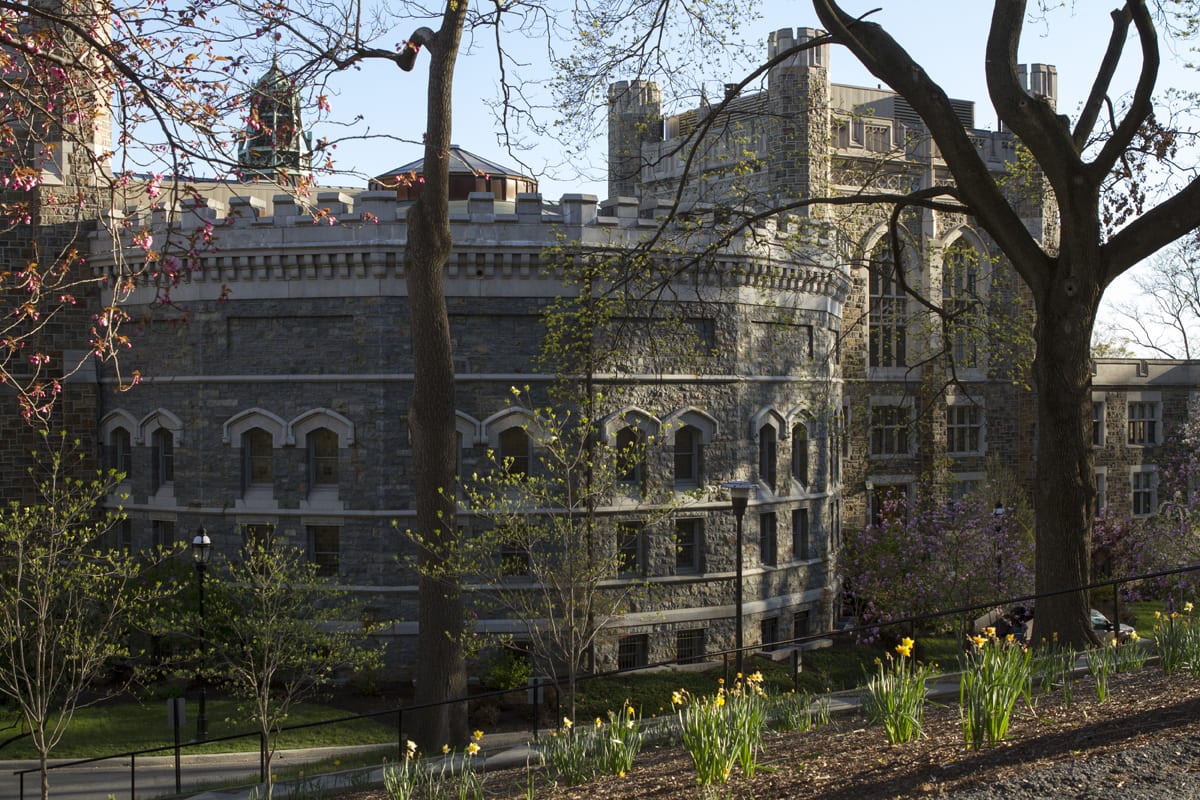Spencer Quiel is an Assistant Professor in the Department of Civil and Environmental Engineering at Lehigh University. His research focuses on resistance to extreme loads.
In recent years, blast hazards due to acts terrorism have resulted in significant damage to several structures, including the Murrah Federal Building in Oklahoma City in 1995 and the Khobar Towers in 1996. Accidental blasts, such as a 2011 gas utility explosion in Allentown, PA, have also caused significant damage to neighboring buildings and other infrastructure. Though relatively infrequent, blast hazards can cause extensive amounts of property damage and, more importantly, loss of human life. The design of structures to resist the effects of blast due to an explosive detonation is performed using a variety of analysis tools to simulate dynamic structural response to a blast-induced shock wave. The most common method in the current state-of-practice is the Single-Degree-of-Freedom (SDOF) method, which has also been used to model structural response to other dynamic loading such as earthquake-induced vibration. An SDOF system is a mathematical model in which a structural element is collectively represented as a single mass, spring, and damper to which a force time history is applied. A representative SDOF model for a blast-loaded column is shown below.
For blast threats at large standoff distances, previous experimental and computational studies have shown that the static bending shape assumption used by SDOF analysis is reasonable. However, experimental data and advanced analysis tools have shown that the SDOF method has difficulty in accurately capturing blast effects that are close range but not close enough to cause breach (or “punching”) damage. These “intermediate” range blast threats constitute a significant portion of the design-basis threats that are considered in current practice, and therefore the applicability of SDOF analysis for these cases is of great interest to the industry.
Continue reading Limits of Single-Degree-of-Freedom Analysis of Structural Response to Blast
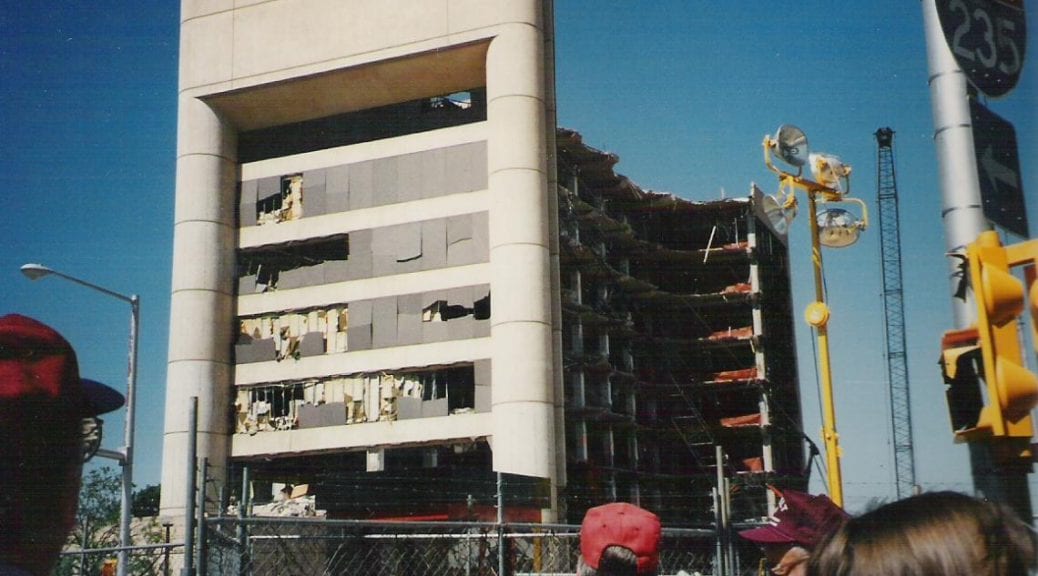
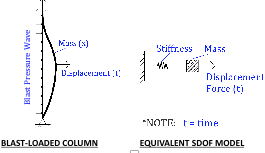
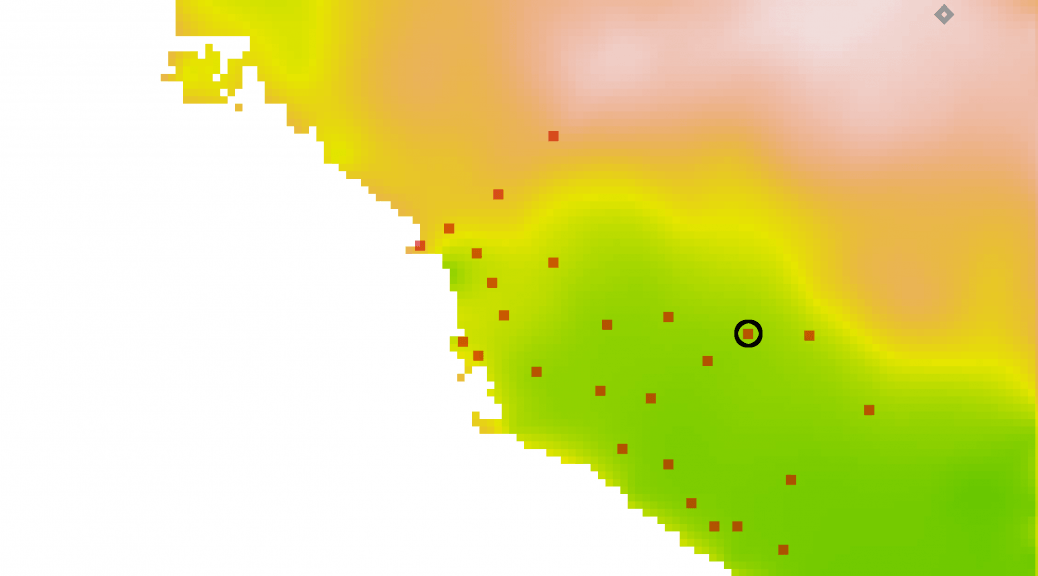


 a PhD. In addition to seeking out the archives at Humboldt University (formerly the University of Berlin), I was also asked to present my research to a group of graduate students at the University of Potsdam. At the invitation of Professor Logi Gunnarsson, an expert on James’s work, I was able to share the influence of James’s teaching on the young Du Bois, as we navigated James’s 1890 text “The Hidden Self.” The dialogue and feedback was wonderful. And I made an invaluable friend and colleague in Logi. We often forget how influential German intellectuals were in shaping the American academy. James and Du Bois were no different. It was truly exciting to be in this formerly divided city, thinking about race, the subconscious mind, and double consciousness, all with young men and women eager to complete their own graduate education and share their perspectives on a topic that clearly crosses the Atlantic in terms of importance. I look forward to returning to Cambridge to learn more about James and Du Bois at Harvard – but also one day to Berlin – and to Potsdam – to revisit the same field of study that so shaped these two critical thinkers in American race and psychology.
a PhD. In addition to seeking out the archives at Humboldt University (formerly the University of Berlin), I was also asked to present my research to a group of graduate students at the University of Potsdam. At the invitation of Professor Logi Gunnarsson, an expert on James’s work, I was able to share the influence of James’s teaching on the young Du Bois, as we navigated James’s 1890 text “The Hidden Self.” The dialogue and feedback was wonderful. And I made an invaluable friend and colleague in Logi. We often forget how influential German intellectuals were in shaping the American academy. James and Du Bois were no different. It was truly exciting to be in this formerly divided city, thinking about race, the subconscious mind, and double consciousness, all with young men and women eager to complete their own graduate education and share their perspectives on a topic that clearly crosses the Atlantic in terms of importance. I look forward to returning to Cambridge to learn more about James and Du Bois at Harvard – but also one day to Berlin – and to Potsdam – to revisit the same field of study that so shaped these two critical thinkers in American race and psychology.